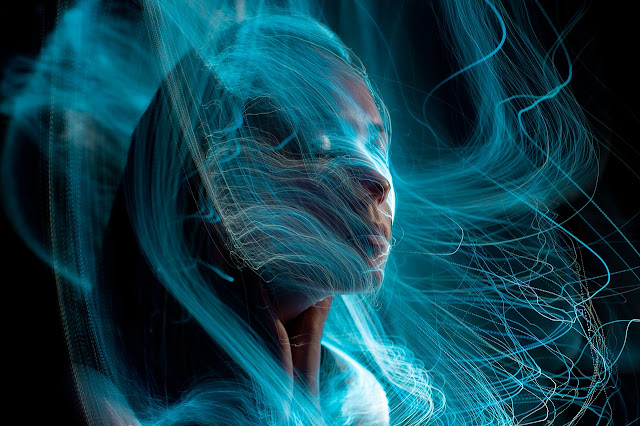Teaching Race to Young Children: Unity and Black Role Models
By Kate Feinberg Robins, PhD
In my recent blog post Addressing Race in Ballet and Capoeira, I discussed Find Your Center’s commitment to bringing race and social justice explicitly into our dance and capoeira classrooms. Here I share my experience doing this with my 2-4 year-old Bilingual Creative Movement class in early June. This is part of an ongoing effort to decolonize our curricula and educate our students in social justice as well as dance and martial arts.
Tips for Addressing Race & Diversity with Young Children
Make it relevant. Find the underlying emotions and experiences that young children can relate to.
Use nonverbal communication. Have kids participate through moving, clapping, and body language.
Don't put anyone on the spot. You may have some children & families who are more likely to have personal experiences with racism than others. Don't make assumptions about their experiences, and don't expect that those who have experienced racism will want to share.
Relate it to your subject matter. It's okay to get off topic when there's something that needs to be dealt with immediately. But the long-term goal of embedding racial equity in your curriculum requires figuring out how it relates to what you were already teaching.
Make it your own. Leave out the questions and discussion points that are less interesting to you. Let your own and your students’ experiences and knowledge guide you.
The Lesson Plan
Bilingual Creative Movement is a 30-minute live online class for 2-4 year-olds. I teach the class in Spanish and English and teach pre-ballet and pre-capoeira concepts through creative movement. I've written this lesson plan in English, but my discussion with the children was bilingual. It was centered around the video "Alvin Ailey American Dance Theater" on the channel The Call to Unite.
Learning Objectives
Students will be able to appreciate African American contributions to dance and music.
Students will be able to appreciate their own beauty and that of each individual.
Students will be able to experience and/or articulate how coming together can help us through difficult moments.
Note: I
skipped the introduction and started this video at 0:59 to make it
shorter for my young audience. I could teach a whole different lesson
just using the first minute of this video. I would focus on the
concept of English and Spanish (which we speak in our class) being
different languages, and tell the kids that people speak lots of
different languages all over the world. I would ask the children if
they recognize any words they hear in the video, and if anyone in the
video speaks or looks like anyone they know. I would remind them how
we say hello to each other in Spanish and English in our class, and
then we would transition into the next part of our
class.
Introduction
(Pre-Video)
Do your parents have jobs that they do all day? For the people in this video, their job is to dance.
The dancers in this video are in their separate homes but dancing together through their computers, just like we are. You can dance along with them if you want to.
When do you get sad? Angry? Who do you like to be with when you’re sad or angry?
My students said they like to be with their stuffed animals and dolls.
Even though we’re all separated in our own separate homes now, just like these dancers in the video we come together to dance and dancing together can make us feel better when we’re lonely or sad.
Do you know any of the letters you see on the screen?
My older students recognized the letter "A" and the letter "m," which are in their names.
It says, “The most beautiful thing in the world is you.” – Alvin Ailey.
Alvin Ailey is the name of the person who said this, and the person who created this group of dancers and the dance that they are doing.
When you dance along to this video, you should feel beautiful and see how beautiful all the dancers in the video are too.
Wrap-Up
(Post-Video)
Did you have fun dancing? Did you feel beautiful?
Did you like the moves they did?
Did their dance look like things we do in our class?
They did some ballet steps. They did some West African dance steps, which are similar to capoeira movements. They clapped their hands to the music like we do.
The steps they did are harder than what we do, because they are professional dancers who have been practicing a lot more than us!
Unity and Black Role Models
I
like this video for young children because it is joyful while also
acknowledging sadness. The "Bosom of Abraham" referred to
in the song is a place of comfort. Children don't have to understand
the reference or be raised in a Biblical tradition to understand the
concepts of sadness and comfort. Families are dealing with the
stresses of a pandemic, social unrest, and economic uncertainty. This
lesson validates the negative emotions children might be feeling in
their households, and helps them deal with those emotions by coming
together through dance and music.
The coming together
that children see in this video is multiracial. Because we are
meeting online from our homes and the dancers in the video are also
meeting online from their homes, it feels like they are coming into
our classroom. We see dancers who look predominantly Black and mixed,
joining a classroom of children who are white, mixed, and
Latinx. This normalizes Blackness and normalizes racial
diversity.
I also emphasize to my students that the
dancers in the video are different from us in one important way. They
are professionals. They do what we do, but better. These are the
people we should look up to.




Comments
Post a Comment
Thanks for your comment!